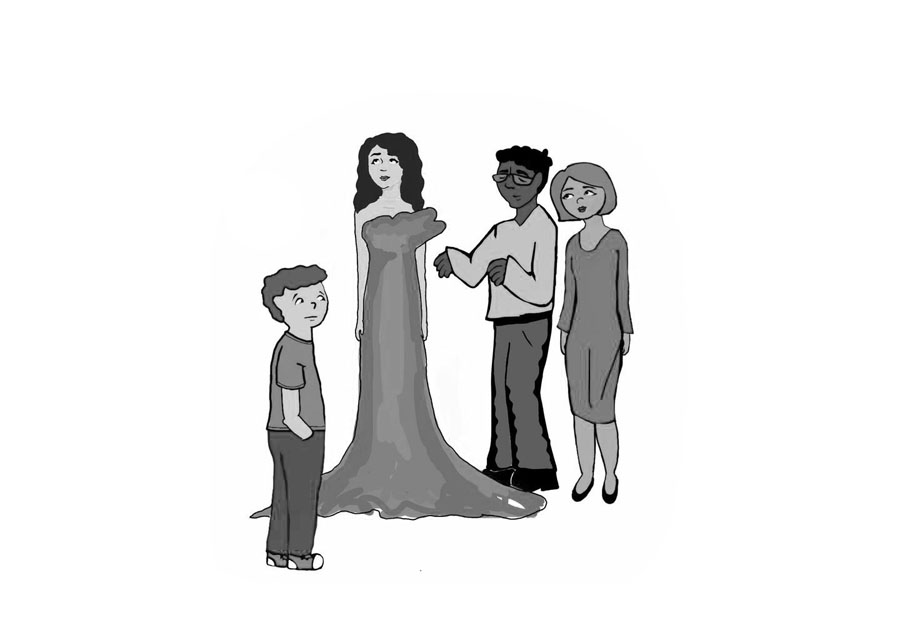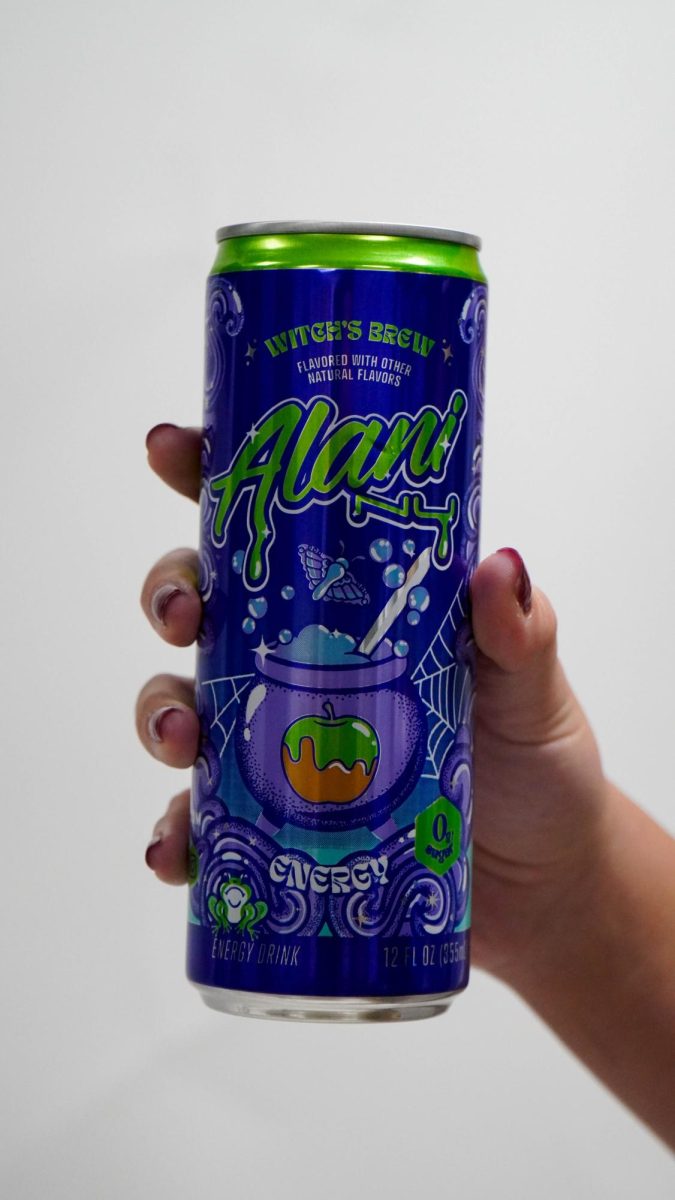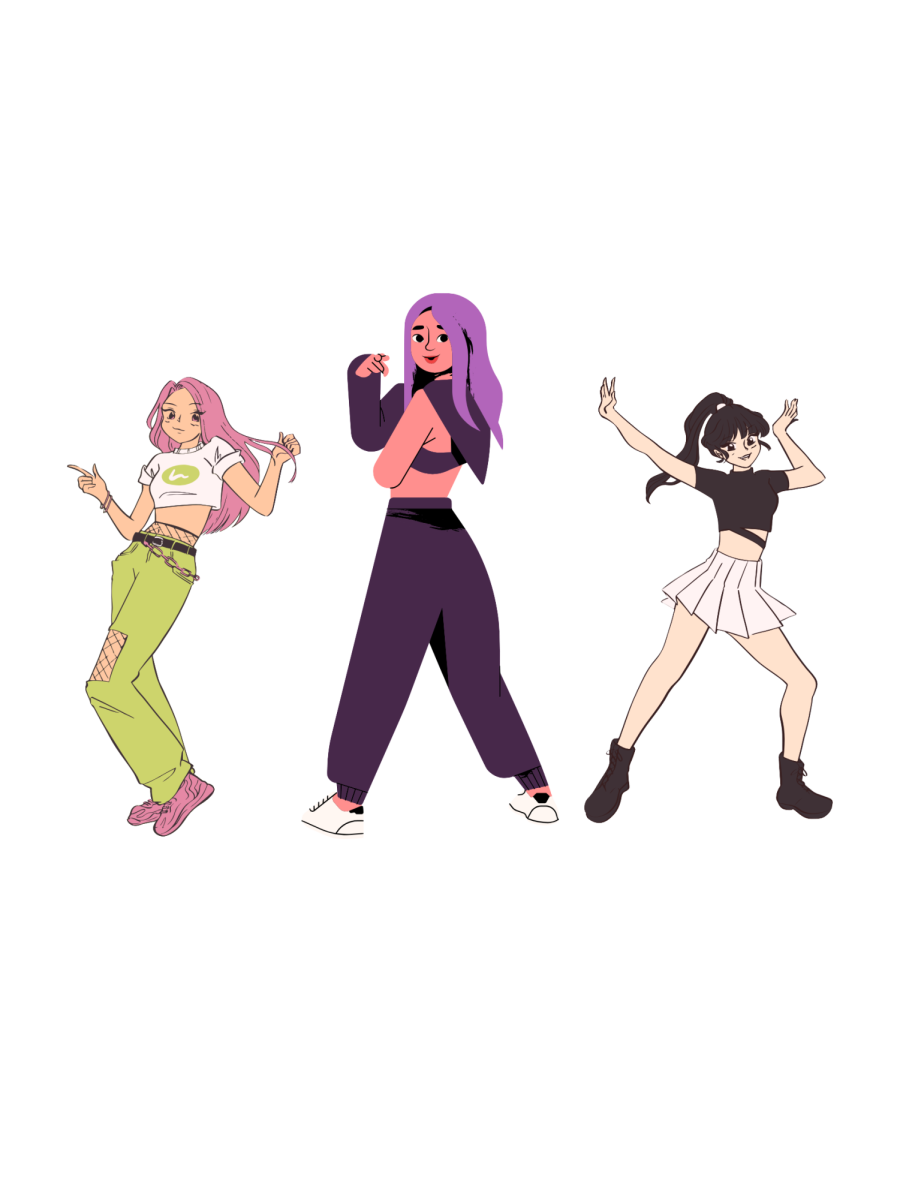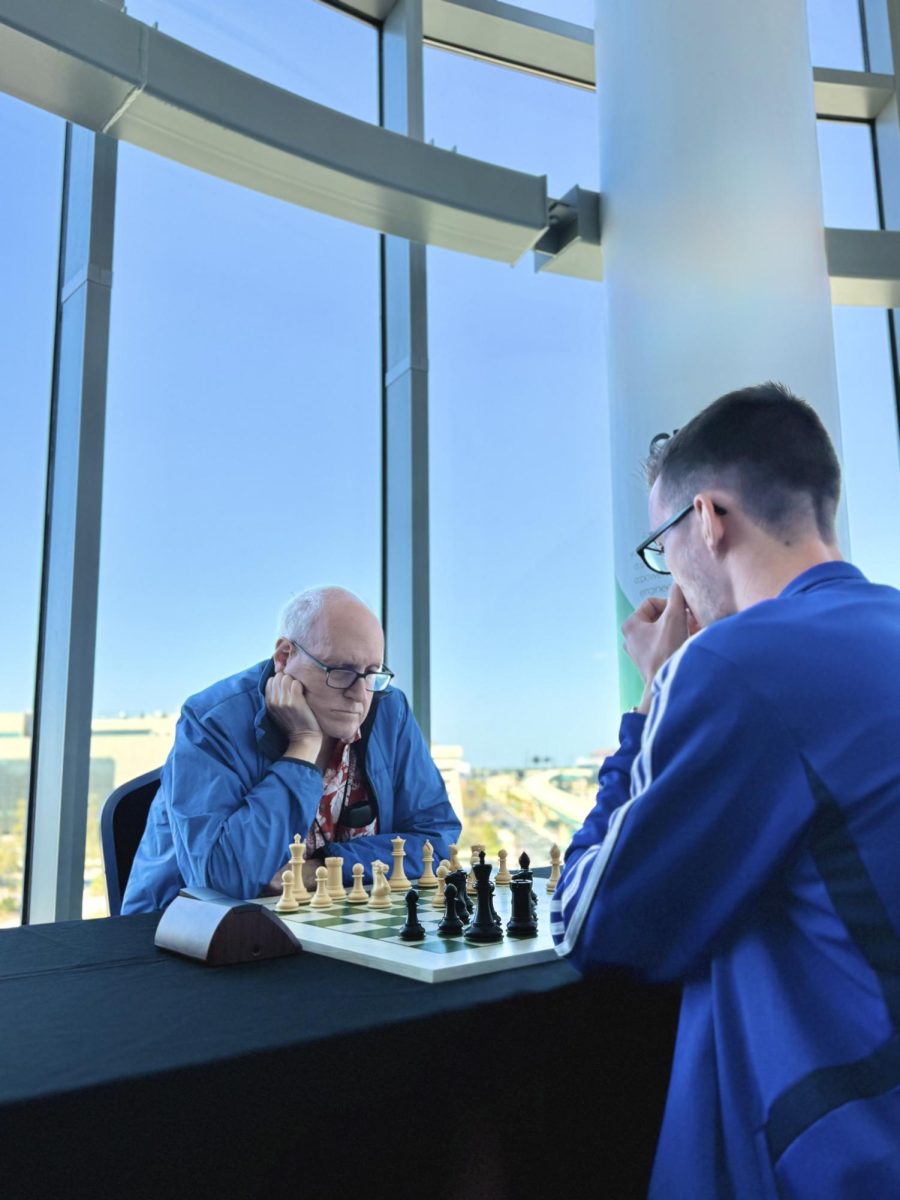While Lady Gaga is most praised for the art that is her music, it is undeniable that her fashion speaks artistic volumes. Her meat dress was praised (and bashed) as a work of art, but when discussing anything other than these well-known outfits, we often forget the creative aspect of style.
While it may not always be recognized as a true art form, fashion design is a viable expression of creativity that one could even say is a base subject for design.
The true art of fashion is in the design. Fashion designers not only have to create unique ideas but also have to translate these ideas into physical forms that can be used by people—whether these people are rich socialites buying styles from the runway or mothers and their teenage daughters searching through the sale racks.
Art teacher Kymberly Moreland-Garnett, who studied printmaking at Columbus College of Art and Design, began college as a fashion design major, but she switched majors after a bad experience with a professor.
She explained that there is an easy correlation between fine arts and fashion. The bases of both are the same: color, pattern, design and texture.
She also found that the basic skills needed for fashion were needed for fine arts.
“You have to understand the human form before you can start designing for it,” she said. “You have to study figure drawing, [and] you have to know how to draft patterns.”
Senior Simi Singh considered attending fashion school. She first embraced fashion after religiously watching New York Fashion Week and the reality show Project Runway. The unattainable clothing on the runway was a huge inspiration to her.
It is unquestionable that creativity is abundant in this high fashion—some clothing pieces are literally works of art. Runway gowns exhibit hand painted designs and processes that lead to one-of-a-kind works.
The fashion is more of a direct result of the designer’s direct aesthetic.
“I love street wear, but it’s really the avant-garde that catches my eye. It’s so different. All these avant-garde designers come out with a new collection every single season,” said Singh, who cites avant-garde runway looks, those that are experimental and typically ostentatious, as the force that pushed her interest into fashion.
But most designers have parameters to work around: budgets are set for most any designer, and they constantly have to think about their customers and target audience. These constraints may limit personal artistry, but it does not completely remove it.
Singh is one of the many at school who have taken inspiration from the runway and brought it to their day-to-day lives.
While the dress code may seem to limit style options, students have found a way to work around the boundaries and limitations set by the school’s administration.
Senior TJ Amalbert is not involved with the arts, and he may not follow trends, but he still takes care in how he looks.
“I follow my own form of style every morning when I’m deciding what to wear,” he said. “You express yourself through your outfits. Just like the arts.”
Singh agrees that art shows up in all aspects and styles of fashion.
The art of day-to-day fashion once appeared to be less of an art and more about practicality, but now ubiquitous street style blogs show otherwise.
These blogs artfully put together outfits by layering and experimenting with new trends that most viewers would be scared to even flaunt around their houses.
Psychology and theatre teacher Donna Walker has worked with fashion through costume design.
She agrees that fashion is filled with artistic expression.
“My personal opinion is that if fashion ever becomes about trying to shock [or] impress just for the sake of shocking or impressing, it holds less artistic integrity, but that is true with any art form,” Walker said.
While studying theatre, Walker found a huge overlap with the history of fashion.
“I loved learning what the social forces were behind changes [in fashion] over the years and how our dress reflects cultural ideology,” she said. “I loved learning how costuming for film overlapped with the real world.”
But the biggest way that art influences fashion is how style is a unique experience for every person.
“I like that you [can] have three friends that all bought the same thing, but the way you put it together would be totally different,” Moreland-Garnett said. “You can be trendy but yourself at the same time.”
Singh spoke of this same unique quality of personal style. “Fashion means something different to everybody,” she said. “Fashion is like a painting—you either enjoy it or you don’t. Some people don’t enjoy looking at art, and that’s fine.
Although some people do not necessarily enjoy fashion, Singh has a different perspective.
Her love for style stems from her ability to see the art in it.
“When I look at a piece of clothing, I see elements that I find absolutely beautiful or I see elements and I think [that] I could see it in a different color or a different textile,” Singh said. “If you don’t see the art in it, it’s just not the right thing for [you].”
We are often desensitized to fashion. Wearing clothing everyday often makes us under appreciate the art form. Style is not only an outwardly appearance but allows people to express themselves artistically. While fashion is not always recognized, we need to give merit to its artistry.
















